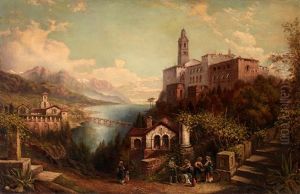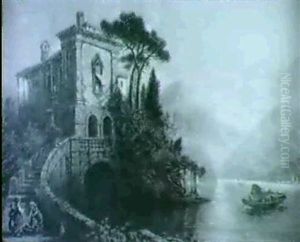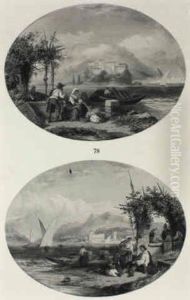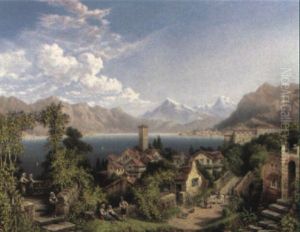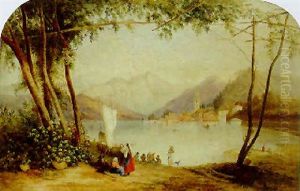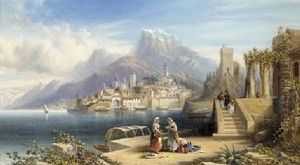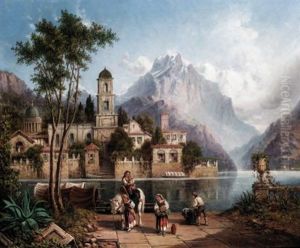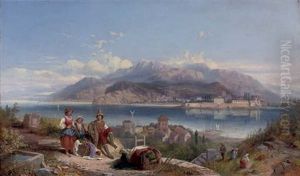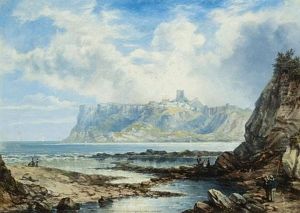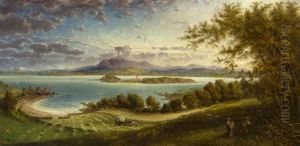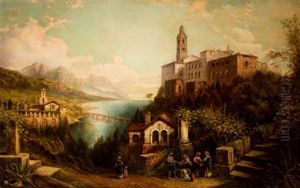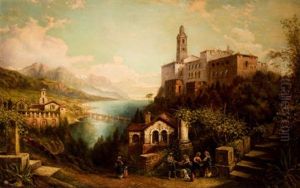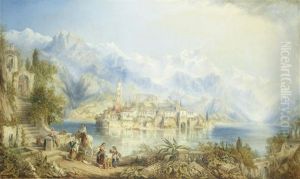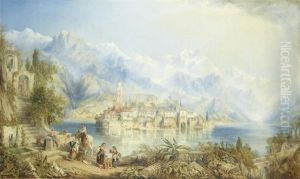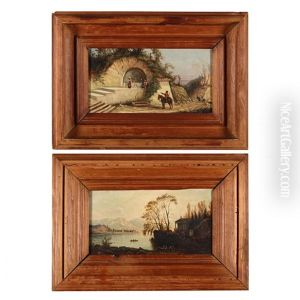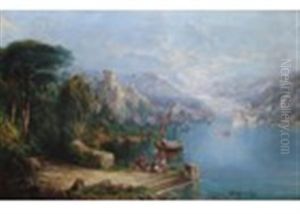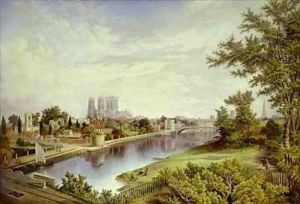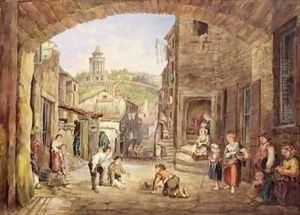John Bell Paintings
John Bell was a notable British sculptor, born in the year 1811 in Hopton, Suffolk, England. He was recognized for his works in the neoclassical style, which was immensely popular during his time. Bell was apprenticed to a London stonemason after showing an early interest in sculpture and later honed his skills at the Royal Academy Schools where he was admitted in 1829.
During his career, Bell produced a variety of works ranging from statues and busts to monumental sculptures. He gained considerable attention with his sculpture 'The Eagle Slayer', which he exhibited at the Great Exhibition of 1851. Another significant work was 'The Babes in the Wood', which further established his reputation as a sculptor capable of infusing emotion and narrative into his work.
Bell's most celebrated piece, 'America', was designed for the Great Exhibition's Crystal Palace in 1854. This work exemplified the spirit of the age, reflecting the Victorian era's fascination with allegory and personification. Additionally, Bell created statues and works for various institutions and public spaces, including the marble group 'Andromeda' for the 1862 International Exhibition, and the Crimean War Memorial in Waterloo Place, London.
Beyond his notable public commissions, Bell was also involved in the design of decorative arts and contributed to the Gothic Revival movement. He worked on various projects with the architect Sir Charles Barry, including decorative sculptures for the Palace of Westminster.
Bell's career spanned much of the 19th century, a period that saw significant changes in the arts, including the transition from neoclassical to more romantic and later realist styles. His work, while rooted in the academic traditions of his training, also reflected the shifts in artistic tastes and the increasing demand for public art that characterized the Victorian period.
John Bell died in 1895, leaving behind a legacy as a sculptor who bridged the neoclassical traditions of the early 19th century with the eclectic tastes of the Victorian era. His works continue to be studied by art historians and admired by the public for their craftsmanship and historical significance.
